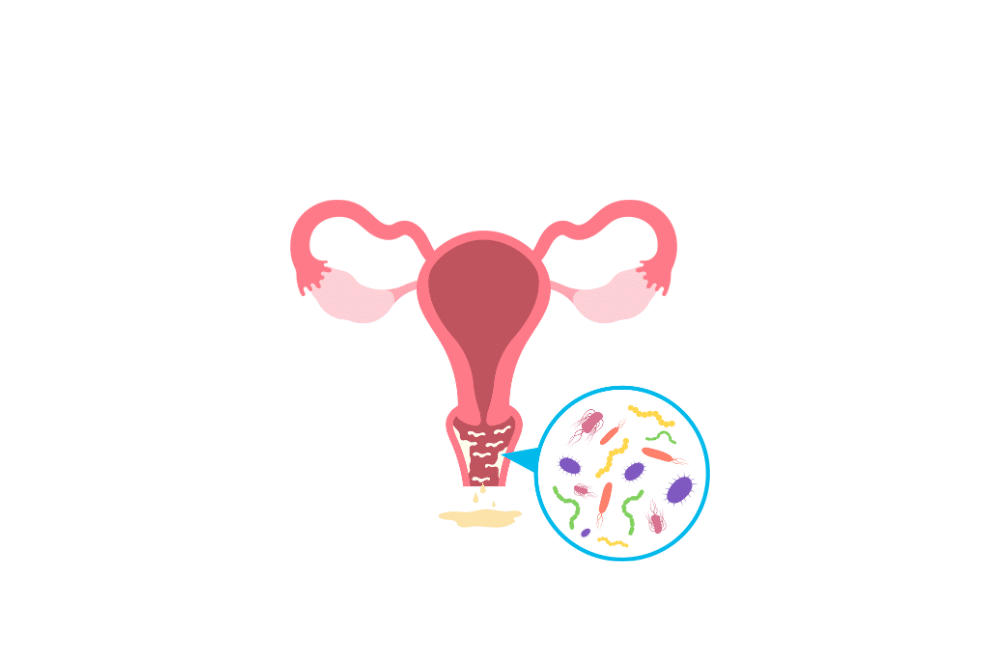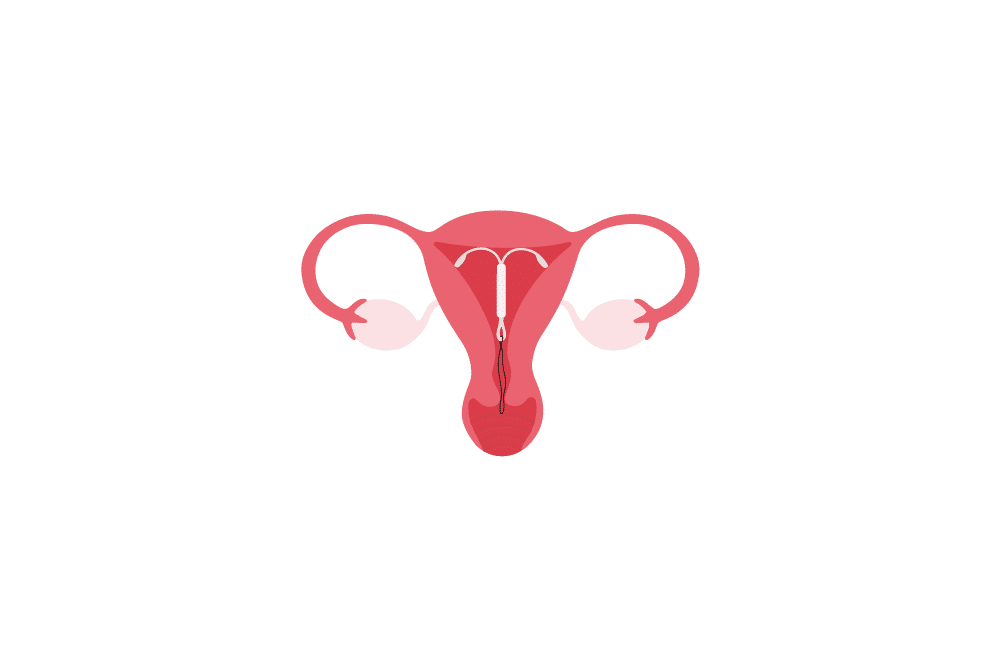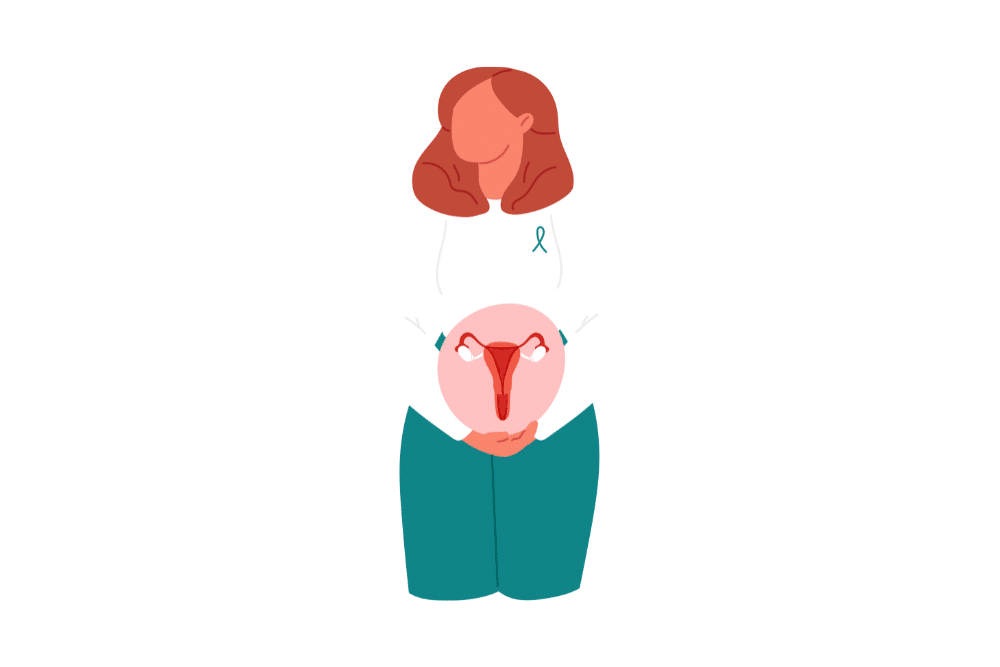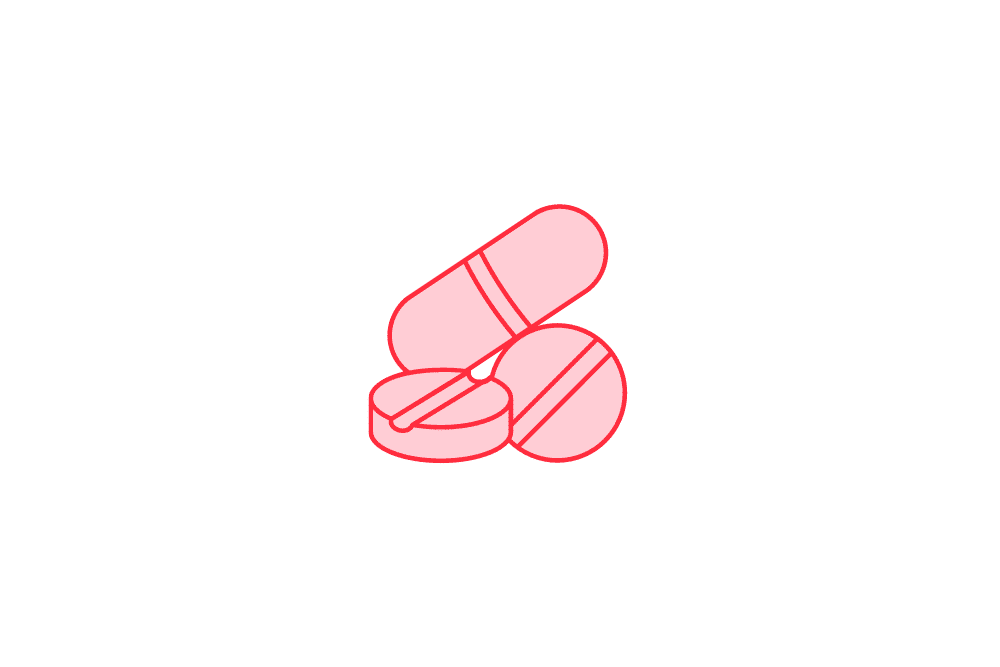Pelvic inflammatory disease (PID) is a common but serious bacterial infection affecting the female reproductive system. It happens when bacteria spread from the vagina and cervix to the uterus, fallopian tubes, or ovaries, leading to inflammation and potential long-term complications. This article offers an in-depth look at PID, covering its causes, symptoms, diagnosis, treatment choices, and preventive measures.
What is Pelvic Inflammatory Disease?
PID, often referred to as an ascending infection, is characterised by inflammation of the female reproductive organs, primarily the uterus, fallopian tubes, and ovaries. This inflammatory response is typically triggered by bacteria, most commonly sexually transmitted ones such as Chlamydia trachomatis and Neisseria gonorrhoeae. However, other bacteria found in the vagina can also contribute to PID, including those associated with bacterial vaginosis. When left untreated, PID can lead to significant health complications, including chronic pelvic pain, infertility, and ectopic pregnancy.

Causes of Pelvic Inflammatory Disease
Pelvic Inflammatory Disease (PID) occurs when an infection moves from the cervix to the female reproductive organs and pelvis. This infection is commonly linked to sexually transmitted infections (STIs), especially gonorrhoea and chlamydia, which are often transmitted through unprotected sex. Additionally, non-STI bacteria present in the vagina, such as those causing bacterial vaginosis, can also result in PID.¹
In rarer instances, PID can develop following surgical procedures like an abortion or the insertion of an intrauterine device (IUD), as these can facilitate the upward spread of bacteria.
Risk factors for PID include having a new sexual partner or a partner who has an STI or shows symptoms of an STI.
By addressing these potential causes and risk factors, you can take proactive measures to reduce your susceptibility to PID. Practising safe sex, maintaining good hygiene practices, and seeking prompt medical attention for any signs of infection are essential for preventing PID and preserving reproductive health.

Symptoms of Pelvic Inflammatory Disease
PID can manifest with a variety of symptoms, which may vary in severity and presentation.
The symptoms of Pelvic Inflammatory Disease (PID) may include pain in the lower abdomen or pelvis, deep pain during intercourse, irregular or heavy menstrual periods, increased menstrual pain, and abnormal vaginal discharge that may contain blood or pus. Additionally, some women may experience vaginal bleeding between periods or after sex, as well as fever, chills, nausea, or vomiting.¹ It’s important to note that PID can sometimes be asymptomatic, making it difficult to detect. If you experience any of these symptoms, it’s essential to consult your doctor for an evaluation.
Diagnosis for Pelvic Inflammatory Disease
Pelvic Inflammatory Disease (PID) is diagnosed by a doctor through an assessment of your symptoms and a physical examination. To identify the type of infection, vaginal and cervical swabs may be taken, although these tests do not always provide definitive answers. Additional tests that may be conducted include blood tests, urine tests (including a pregnancy test), and an ultrasound, which can help exclude other serious causes of the pain.

Complications
Untreated PID can lead to various complications, ranging from chronic pelvic pain to serious reproductive health issues. Chronic pelvic pain, resulting from inflammation and scarring of the reproductive organs, can significantly impact quality of life. Scarring of the fallopian tubes can increase the risk of ectopic pregnancy, where a fertilised egg implants outside the uterus.
PID can also cause infertility by blocking the fallopian tubes or damaging the delicate structures of the reproductive system. In severe cases, untreated PID can lead to life-threatening conditions such as sepsis or peritonitis.
Treatment Options
Pelvic Inflammatory Disease (PID) is typically treated with a combination of antibiotics, which need to be prescribed by a healthcare provider and are usually taken for at least 14 days.
Treatment often begins as soon as PID is suspected, even before swab results are available, and continues regardless of the results. For severe symptoms, such as fever, nausea, or vomiting, or if the patient is pregnant, hospitalisation may be necessary for treatment with intravenous (IV) antibiotics. Pain relief can be managed with paracetamol and nonsteroidal anti-inflammatory drugs (NSAIDs). Rest is also important during the recovery period.¹
Pain management medications, such as nonsteroidal anti-inflammatory drugs (NSAIDs), may be recommended to ease discomfort. In some cases, surgical intervention may be required to drain abscesses or repair damaged reproductive organs.

Preventing Pelvic Inflammatory Disease
Preventing PID involves adopting healthy behaviours and practices that reduce the risk of bacterial infections. Practising safe sex, including consistent and correct condom use, can help prevent the transmission of STIs that can lead to PID. Limiting the number of sexual partners and avoiding high-risk behaviours can also reduce the likelihood of infection. Avoiding douching and ensuring proper hygiene during menstruation can help maintain a balanced vaginal environment and reduce the risk of bacterial overgrowth.
Living with Pelvic Inflammatory Disease
Managing PID involves ongoing care and attention to reproductive health. Adhering to prescribed treatment regimens and attending follow-up appointments are essential for monitoring progress and preventing recurrence. It’s important to communicate openly with healthcare providers about any concerns or symptoms experienced during treatment.
Practising self-care techniques, such as maintaining a healthy lifestyle and managing stress, can support overall well-being. Seeking support from friends, family, or support groups can also provide valuable emotional support during the treatment and recovery process.
Pelvic inflammatory disease is a significant health concern with potentially serious consequences if left untreated. By understanding its causes, symptoms, and treatment options, you can take proactive steps to protect your reproductive health and prevent long-term complications.
If you suspect you have PID or are experiencing symptoms associated with the condition, seek medical advice promptly. Early detection and treatment are key to minimising the risk of complications. For more information on PID and reproductive health, consult a healthcare professional.
Source
- Australia H. Pelvic inflammatory disease [Internet]. www.healthdirect.gov.au. 2020. Available from: https://www.healthdirect.gov.au/pelvic-inflammatory-disease







